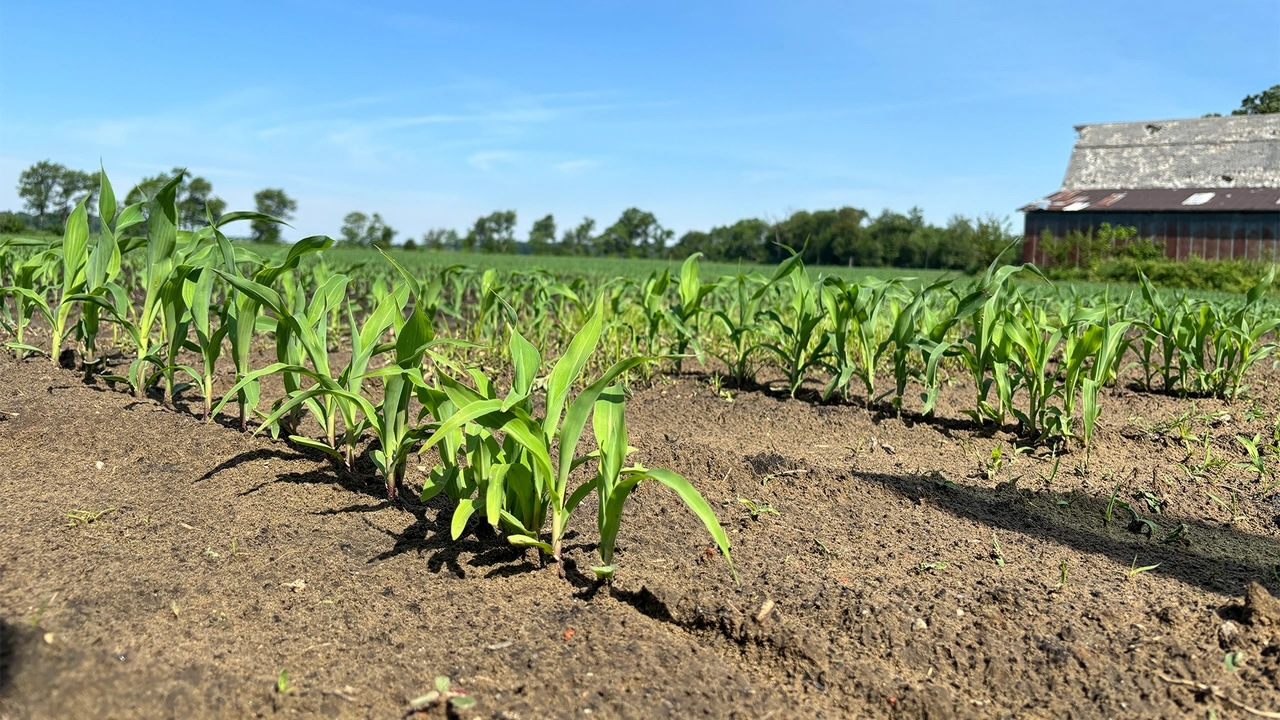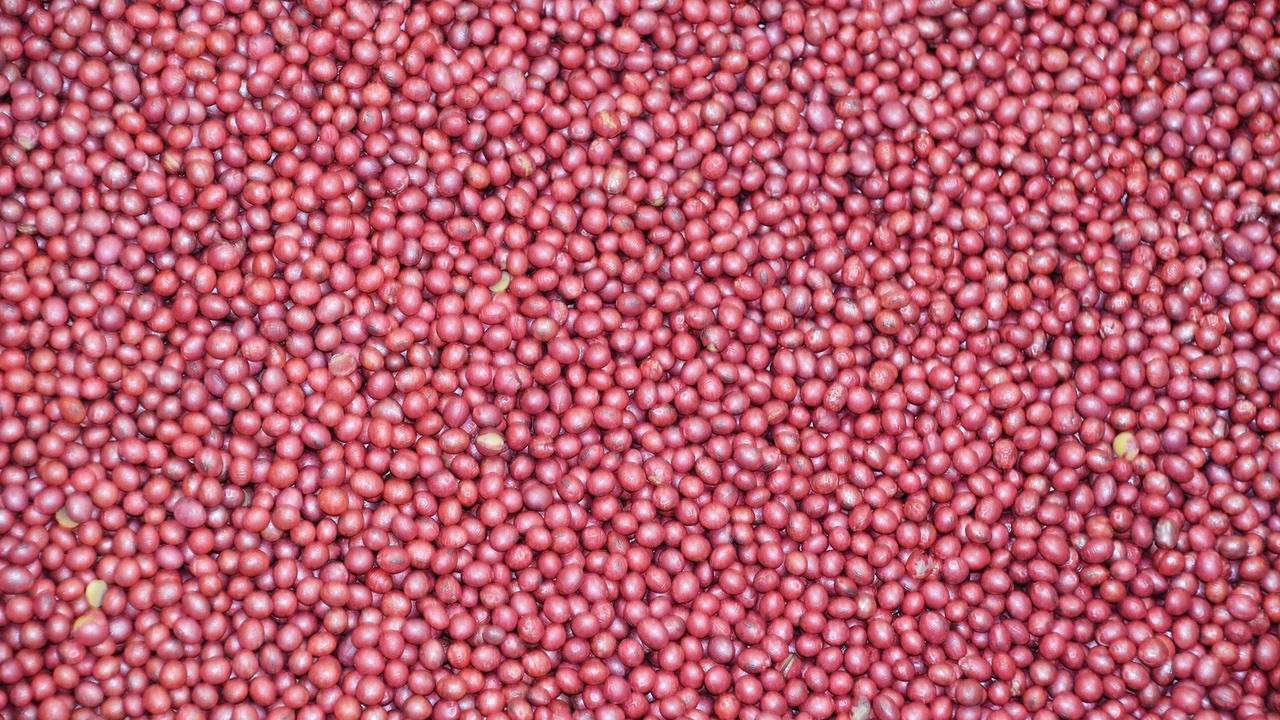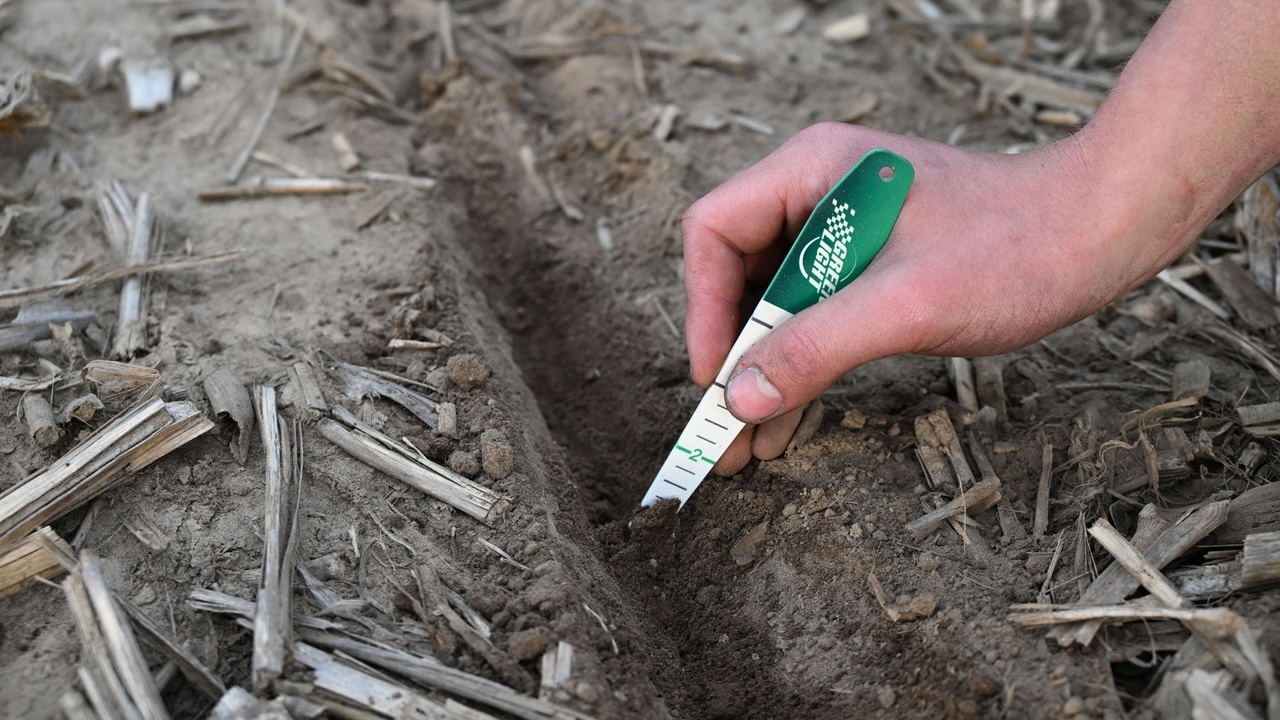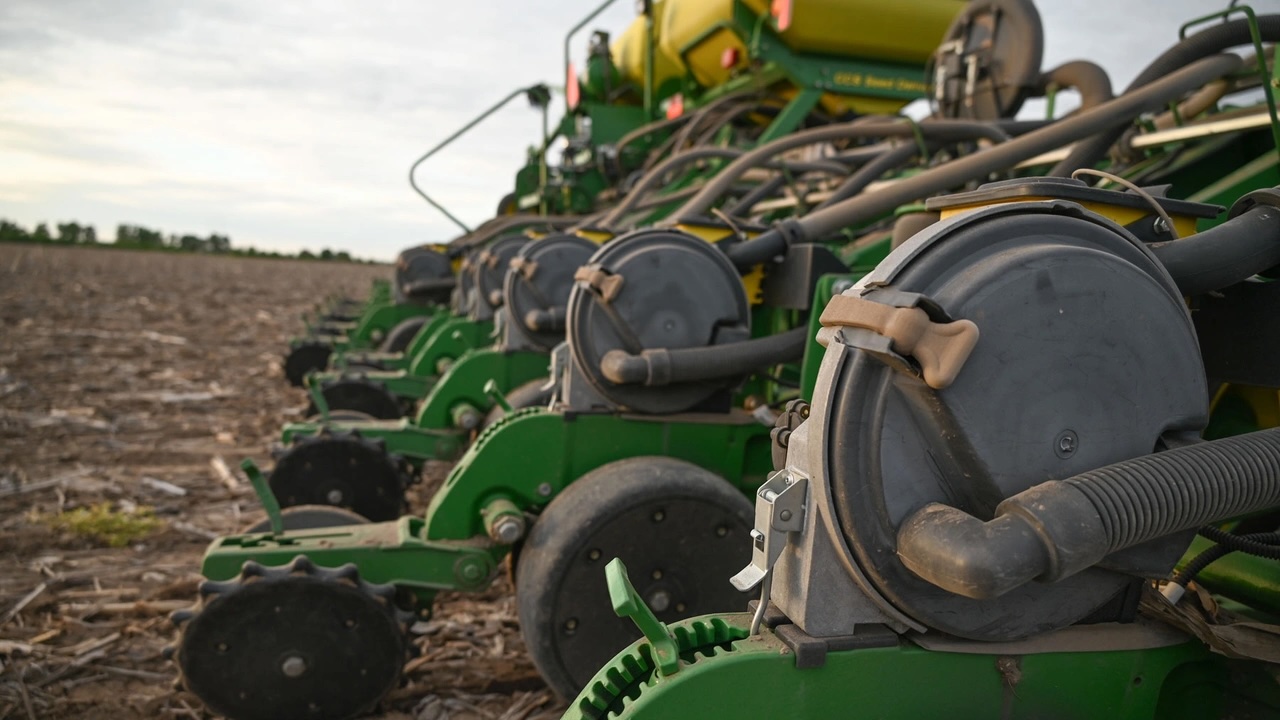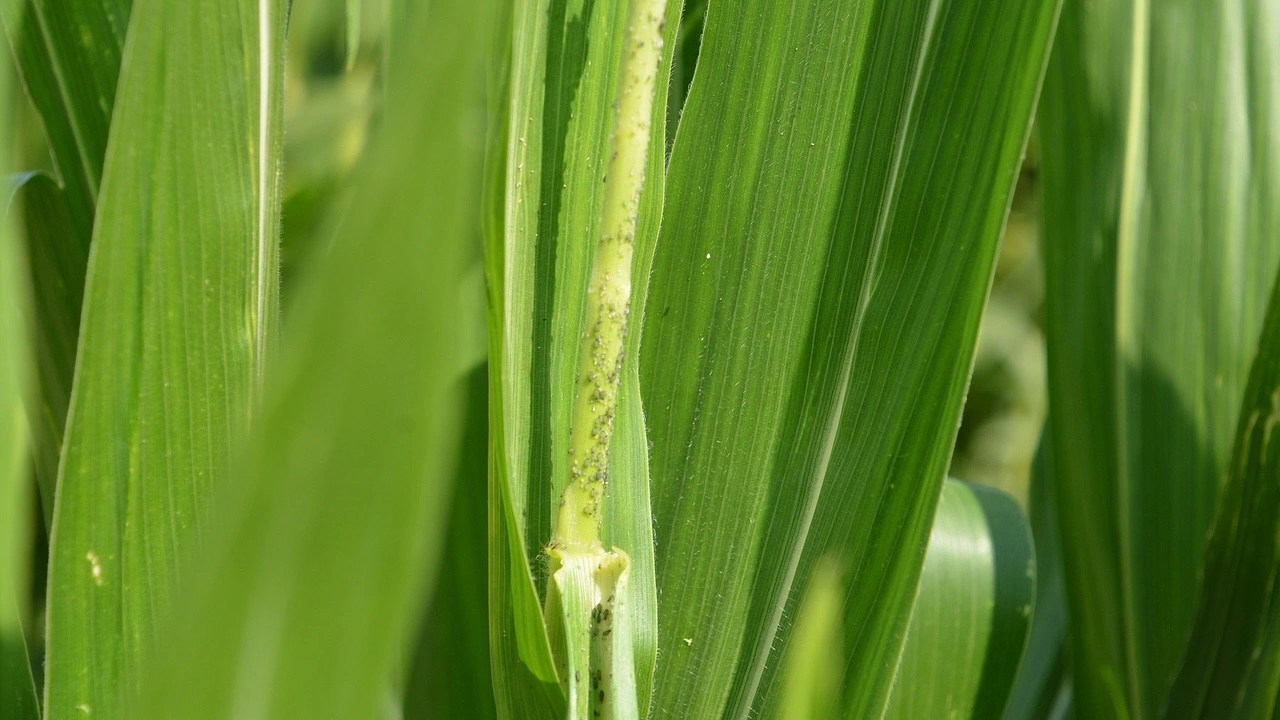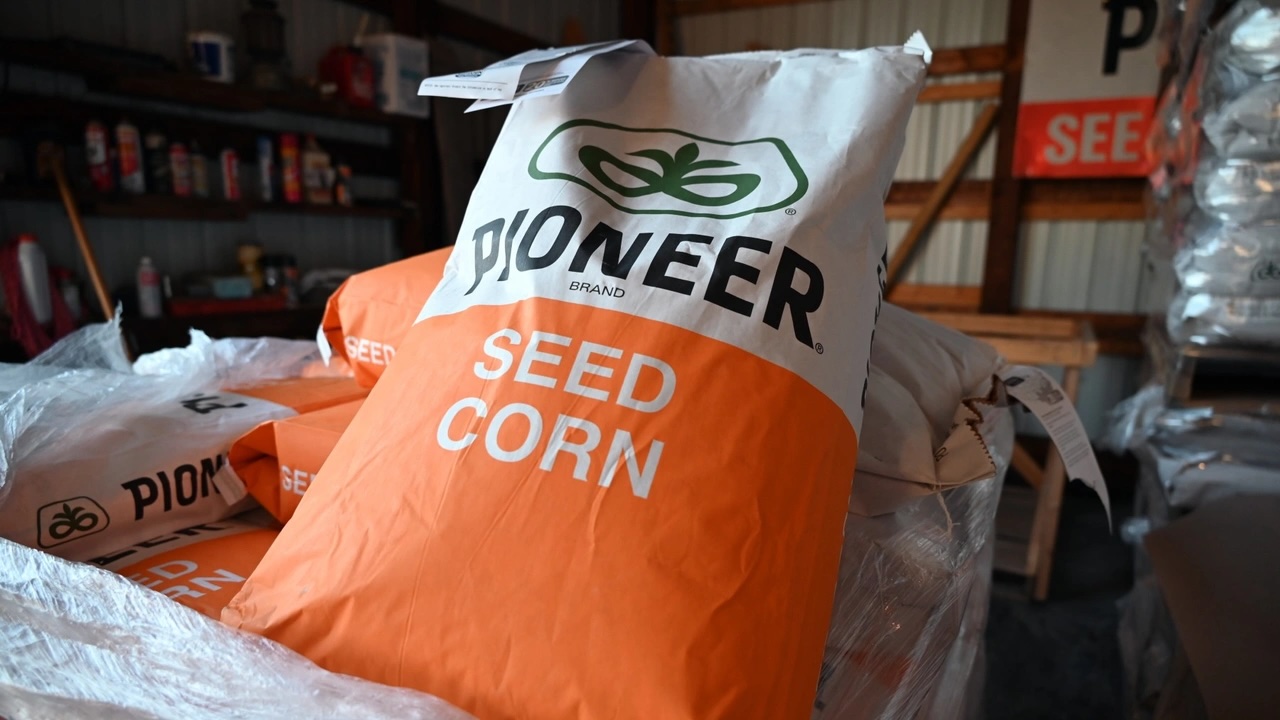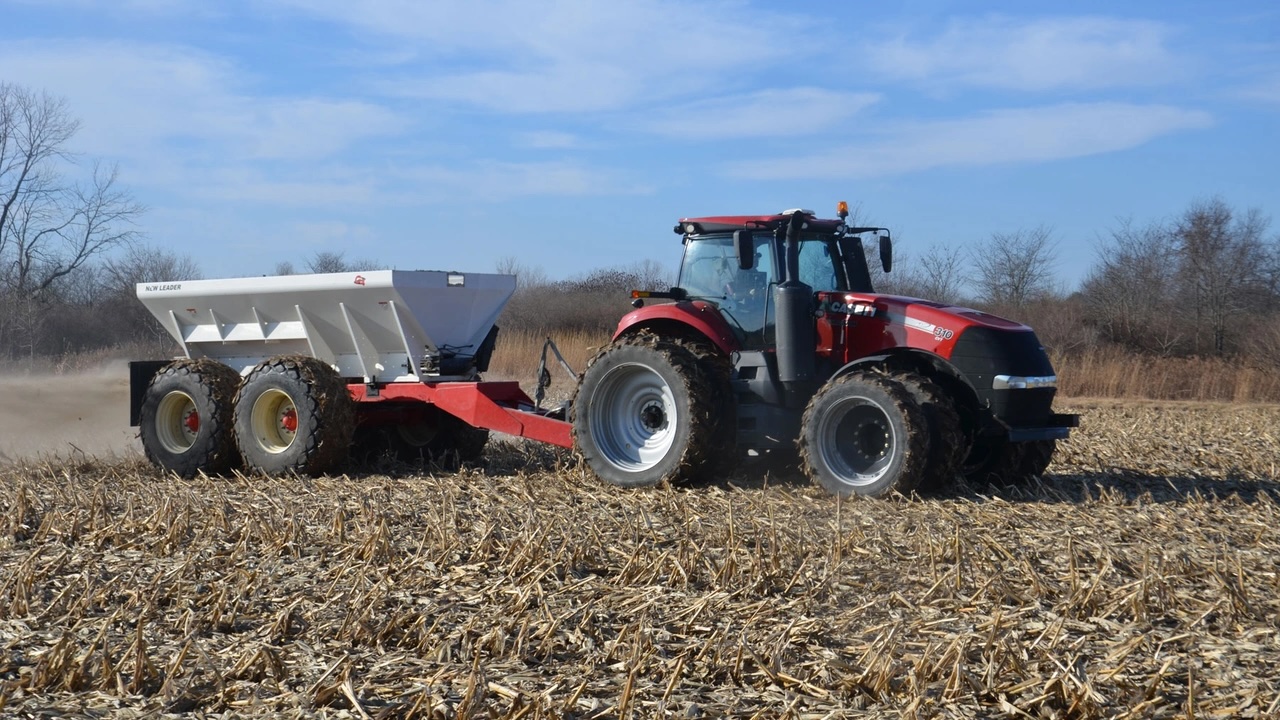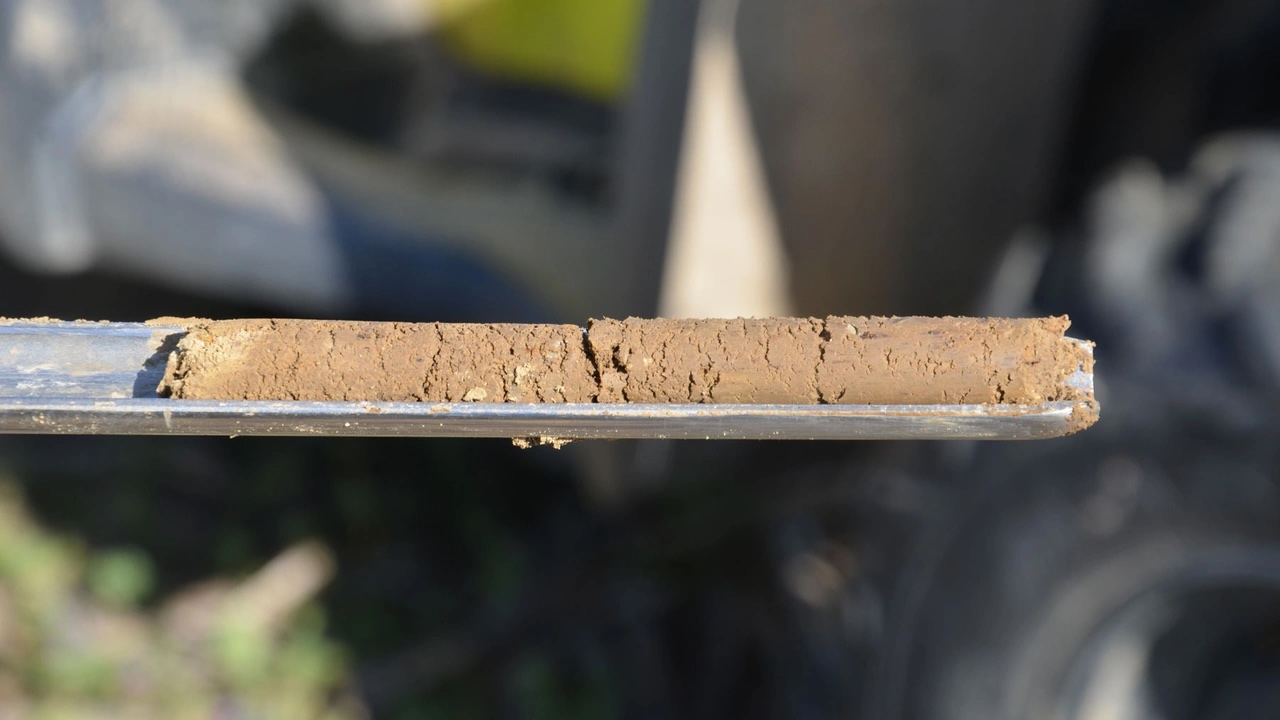Test strips a must with new foliar applications

My neighbor has a sprayer with Y-drops that also puts out spray halfway up each drop. He wants to custom-apply for me. I have never applied nitrogen at V10 to V12 or used a foliar application. We already applied 175 pounds of N. Should I let him apply or just watch his fields?
The Indiana certified crops adviser panel answering this question includes Danny Greene, Greene Crop Consulting, Franklin; Abby Horlacher, Nickel Plate Consulting, Frankfort; Brian Mitchem, Farmer 1st Agronomy Consulting Services, Decatur; and Dan Quinn, Extension corn specialist, Purdue University.
Greene: Do not adopt any new practice across the whole farm without first testing it on limited acres; otherwise, you won’t know if it helped. Instead, work with your crop consultant to run replicated test strips the first year and consider if added costs and effort outweigh extra return.
If you’re already applying 175 pounds of N, how much more N would be applied though the Y-drops? How much N would be foliar? How could you learn whether one or both practices would be profitable?
I could list a page of questions about this practice related to the four R’s of nutrient management: right placement, right timing, right source and right rate. For source, you didn’t even mention the product.
Horlacher: When there is availability to test out something new, go for it. One strip should be 15 pounds of nitrogen; another strip can be 15 pounds of nitrogen with a foliar application of boron and sulfur; and then a third strip would receive a low rate of nitrogen — 10 pounds or less — with the foliar spray of boron and sulfur. The fourth strip will be a zero-application check strip.
These strips will show you how late nitrogen and foliar spray responded to your farming practices this year. Replicate the trial over a few years to capture different growing seasons.
Mitchem: I like placement of nutrients close to the row with an applicator in-season. We benefit from managing nitrogen better with more applications of lower rates and can include nutrients such as boron, sulfur and water-soluble potassium products, if needed. Adjust previous nitrogen applications for rate efficiencies if you are using Y-drops too. This system has a good probability of a positive return on investment.
Applying foliar nutrients within the canopy is a great concept for coverage, especially on the ear leaf. A 20-gallon water application at tassel over the top covers less than 10% of the ear leaf. Only do trial work this season. Pull ear leaf samples before you apply and have a nutrient analysis completed to specifically target plant needs.
Quinn: Try it and put strips where it is applied and not applied. In our work, applying nitrogen at V10 to V12 is often highly environmentally dependent on where we see responses. For example, where dry conditions cause poor nitrogen uptake or where we expect nitrogen loss from being too wet, it can help either maintain or improve yield.
However, if conditions are adequate, you are unlikely to see a benefit from V10 to V12 applications beyond preplant or V4 to V6 nitrogen applications. However, try it on your fields in your environments. If your neighbor applies strips with the Y-drop and foliar spray vs. strips without throughout the field, that would be a great option to fully test the concept.



